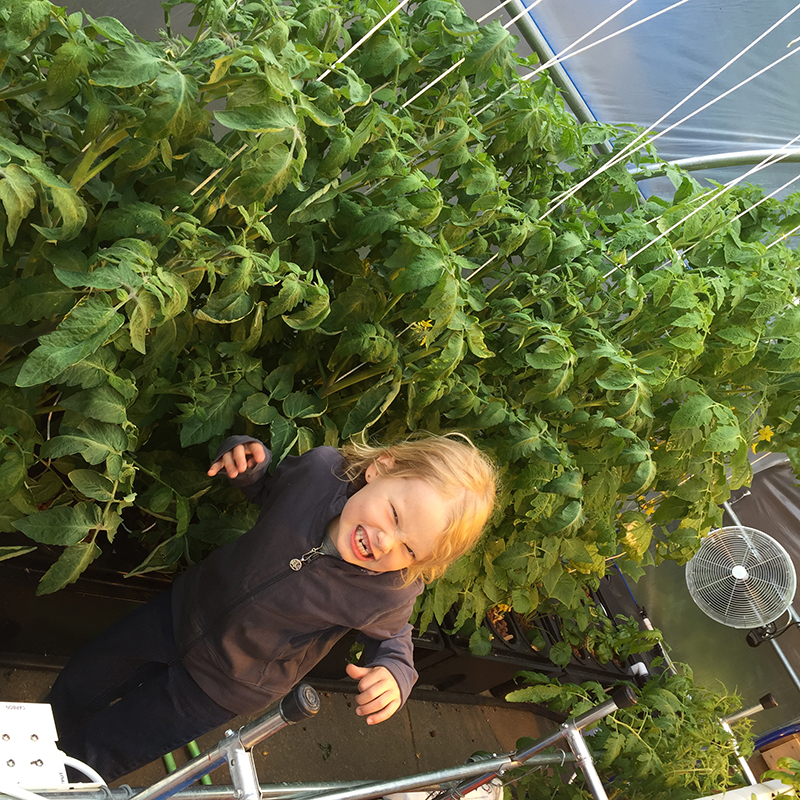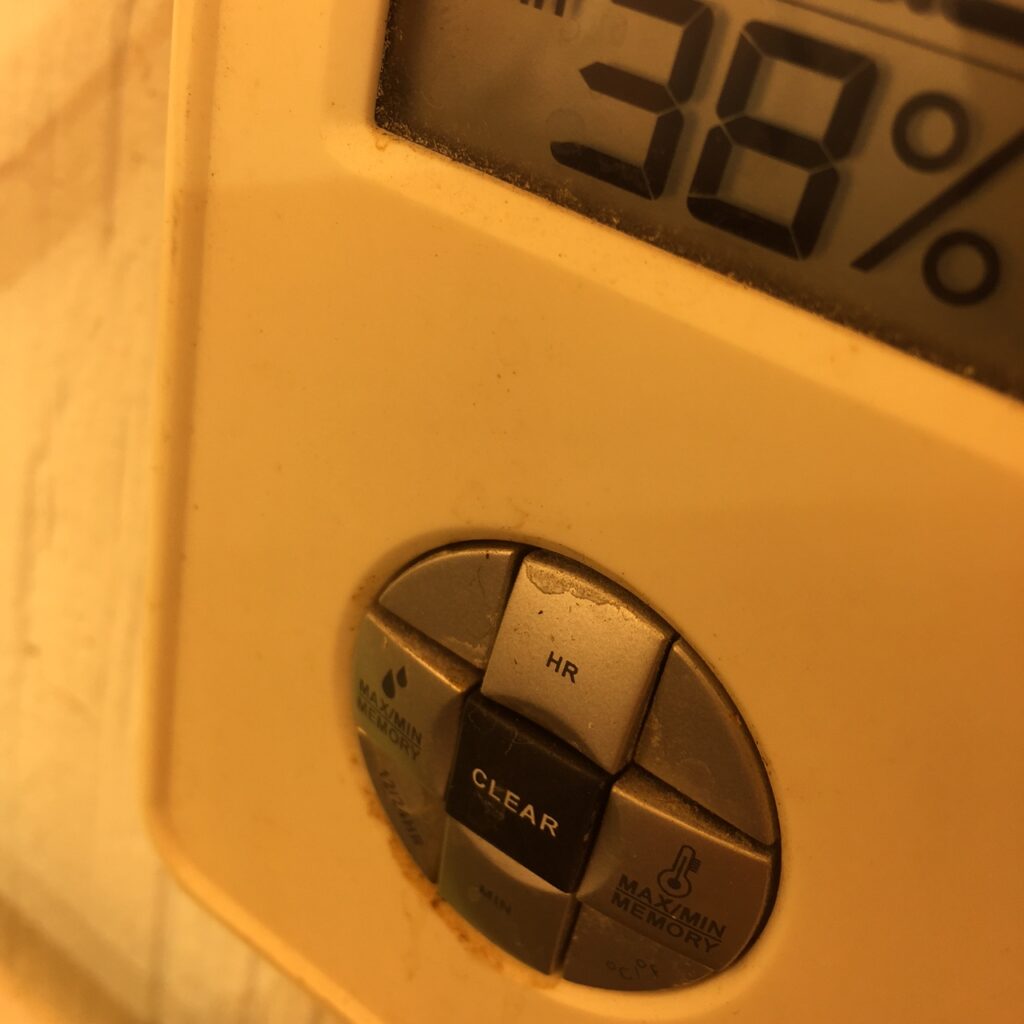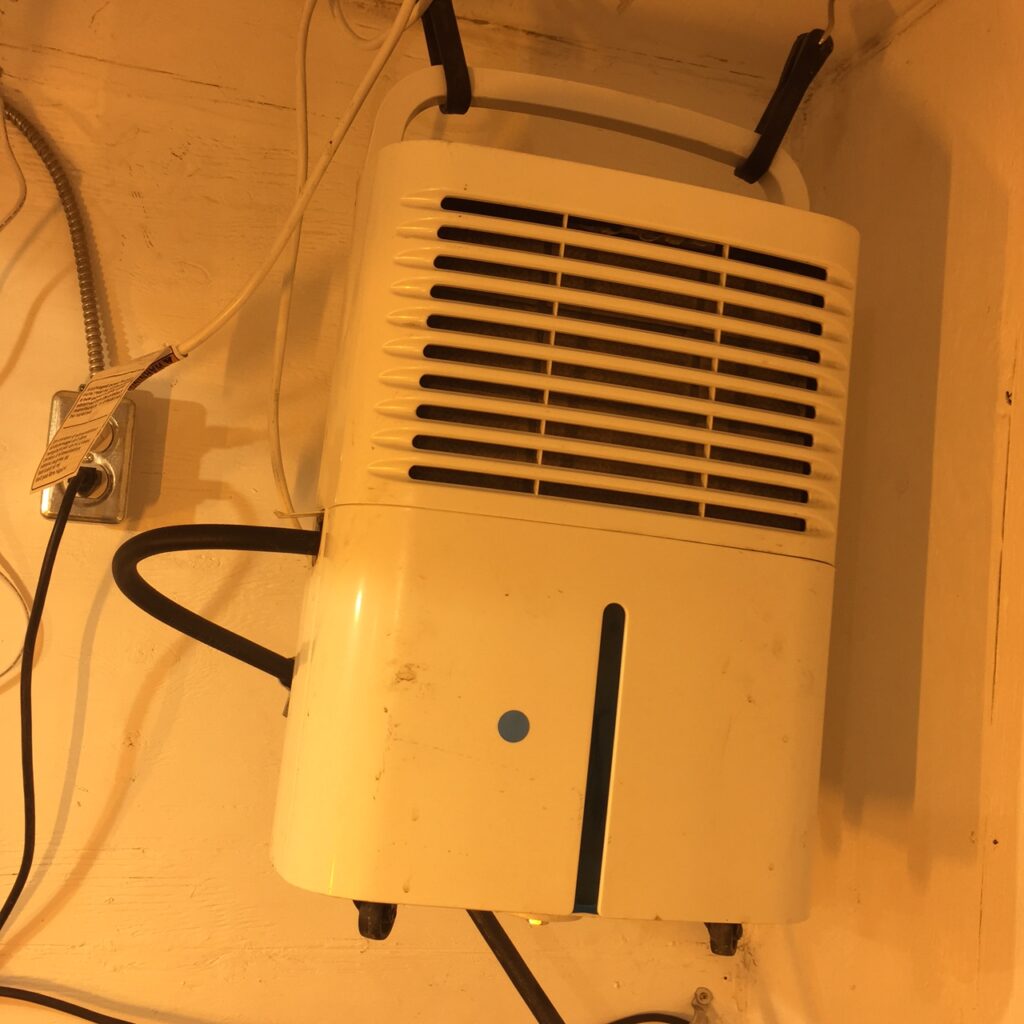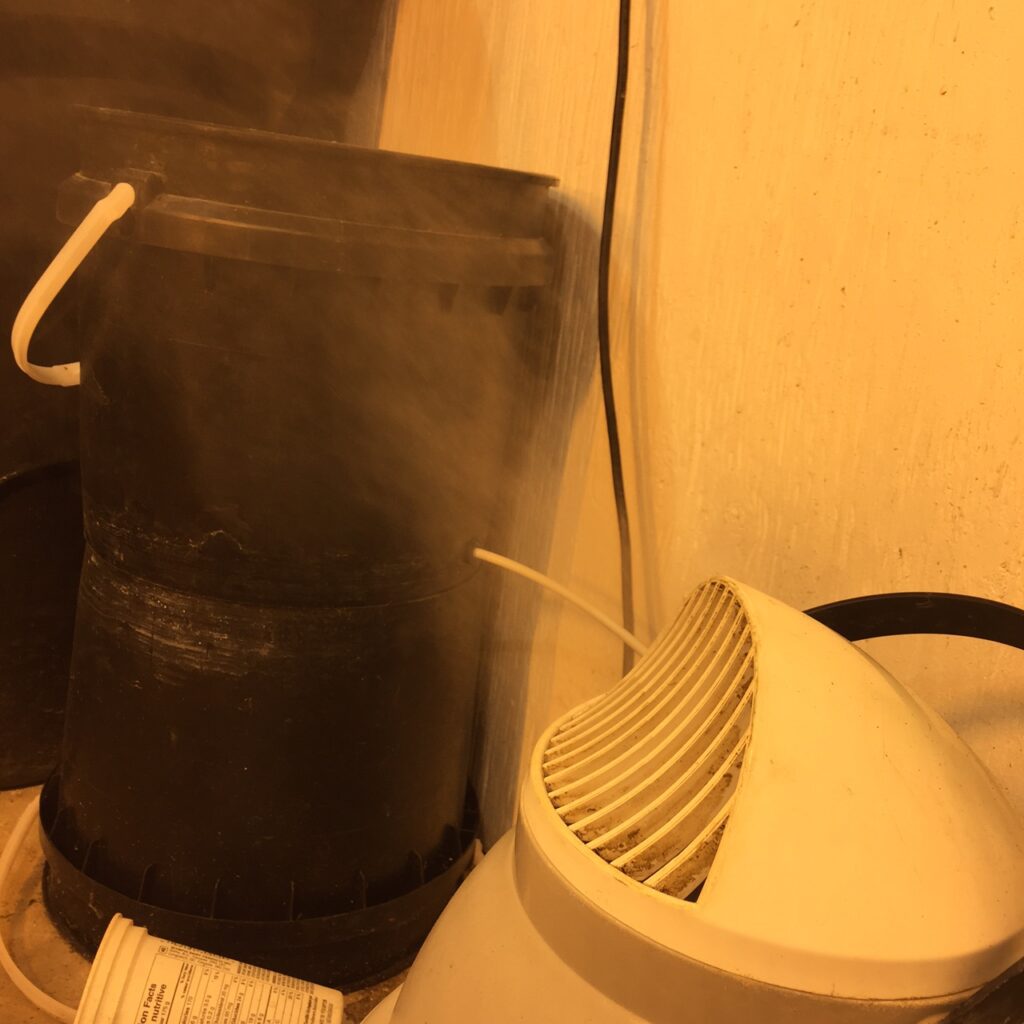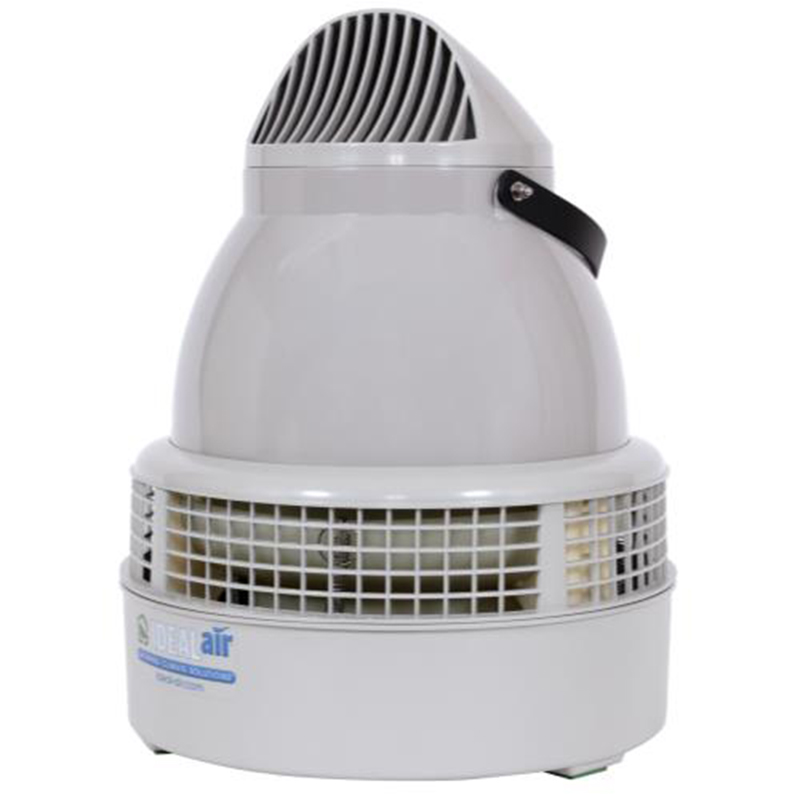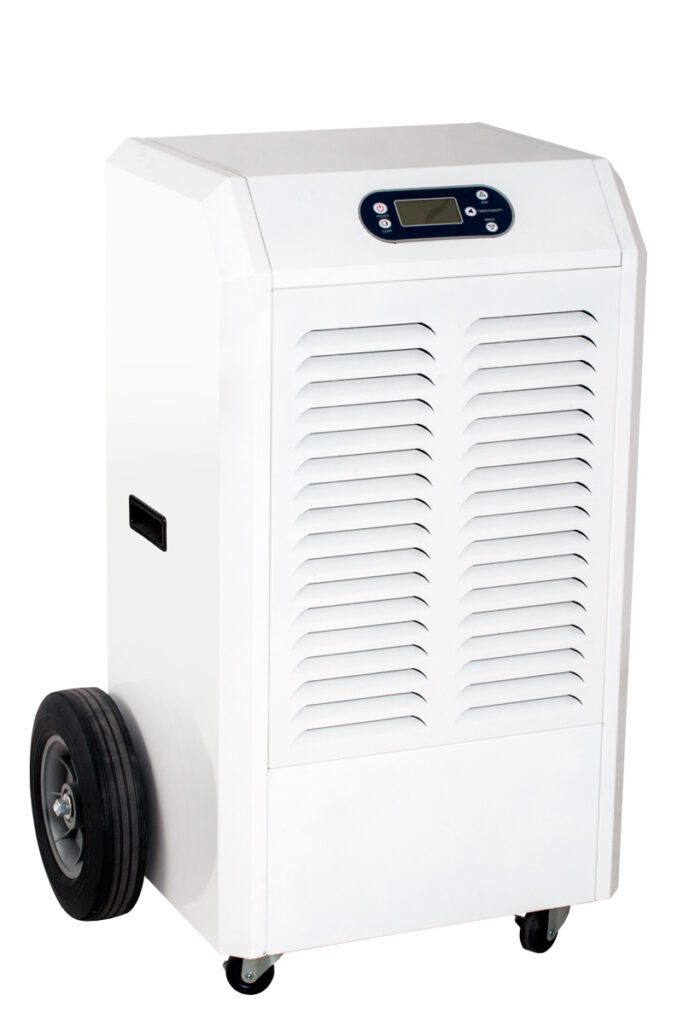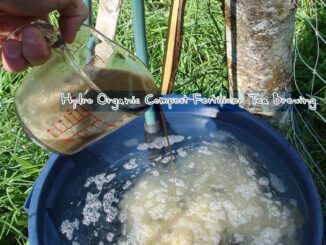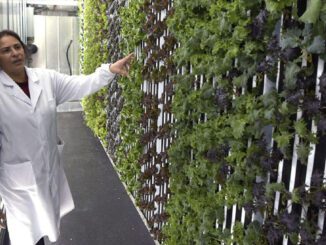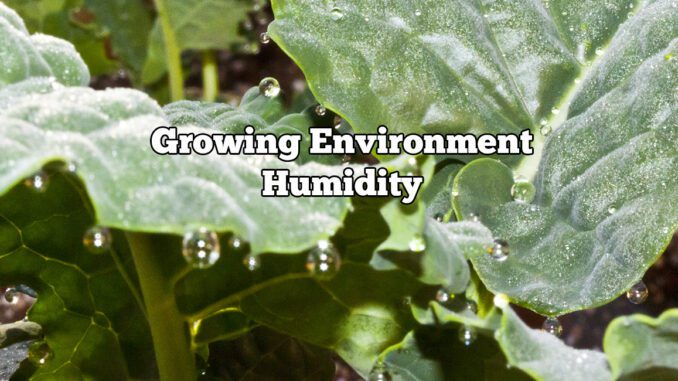
Growing Environment Humidity
Grow Room Humidity Levels are More Important Than You May Think…
The importance of growing environment humidity is often overlooked in hydroponic and organic grow rooms or greenhouses. Most growers concern themselves with ensuring the growing environment humidity is not excessive, as they don’t want any moisture from the air to condense and “bead up” on surfaces such as walls or the crop foliage. Pooled moisture is a gateway for pathogens to create plant diseases and other problems.
[quote]The purpose of this lesson is to highlight the importance (and how-to) of finding and maintaining the right growing environment humidity for your favourite crop.[/quote]
However, too little humidity—which many growers don’t consider, can also create problems. Beyond poor growth, insufficient humidity can also contribute to plant diseases and other physiological disorders.
TIP: Leaf curl, like “the claw” or “the roll” can be an indicator of humidity issues, ABOVE greenhouse tomato plants need pruning to reduce excess humidity in the plant canopy.
Growing environment humidity plays a strong role in these important plant functions, needs and more:
- Water and Mineral Uptake
- Calcium levels in the plant
- Metabolic activity
- Insect pressures on the crop
- Disease pressures on the crop
- CO2 (carbon dioxide) intake (by the plant for growth)
- +More
What Is the Optimal Relative Humidity (RH) Range?
While the answer may vary for different crop types, strains of plants and even at different growing phases, most plants do best in the 40 to 70 percent humidity range. Thats said, this a very wide bandwidth as a frame of reference. The purpose of this lesson is to highlight the importance (and how-to) of finding and maintaining the right growing environment humidity for your favourite crop.
Above: The Relative Humidity is outside of the normal optimal range and needs to be remedied.
What Happens if Growing Environment Humidity is Too High? i.e. 70% RH
Plants can’t give up moisture freely through the leaves into the air, water and mineral uptake slows or ceases.
Calcium can become deficient, it is a low mobility mineral in the plant so when water movement inside the plant slows, calcium can’t get to where it needs to go fast enough.
Plants won’t take in CO2 for growth readily, the leaves are stifled by all of the moisture vapour that surrounds them. TIP: remember that plants breathe in and out through the leaves via small openings (stomata).
Moisture may begin to condense and pool onto surfaces including leaves as temperatures dip from higher to lower because the air can’t hold as much water vapour as it cools. This is a gateway for diseases such as bud rot (botrytis).
Above: This common de-humidifier works well at removing excess moisture from the air in smaller rooms.
What Happens if Growing Environment Humidity is Too Low? i.e. 40% RH
Plants lose moisture very quickly through the leaves, in extreme conditions or where root systems are limited, wilting and possibly plant death may occur.
Nutrient imbalances in the plant may occur as with overdriven water-mineral uptake, some nutrients will be consumed more or move faster proportionate to others (unbalanced playing field for various nutrients).
Devastating pest populations can occur quickly in the instance of Spider Mites. Common grow room spider mites reproduce nearly twice as fast in dry and hot conditions, making them harder to treat with friendly controls.
Plant tissue that is near dehydration or has a stressed moisture content is more susceptible to infection of Powdery Mildew, particularly when combined with a higher Nitrogen content due to excessive demand for water-mineral uptake (imbalanced, see above point).
Once the air cools after the lights go out or the sun goes down, the air temperature drops, and humidity spikes. Drastic swings in humidity from light to dark cycles can create problems in plants besides excessive stretching and stem elongation.
Above: A fogger type humidifier can increase humidity levels quickly and maintain optimal humidity levels in dry air.
How To Measure and Control Growing Environment Humidity
For quick visual references most digital Relative Humidity gauges work well enough for those not needing research level reference. The type that come combined with digital high-low temperature sensors usually work well enough.
More sophisticated growing environment controls are available that monitor and allow control over Relative Humidity in the grow room or greenhouse. Some even allow remote monitoring and even changes via computer or smart device interface or App.
A lot of small room De-Humidifiers in the 15-25 pint range or digital room Humidifiers have built in humidity sensors and controls that can be pre-set by the user, so no additional control is necessary with regards to dehumidification or humidity.
TIP: Look for models that return to the setting you created if there is an interruption in power, otherwise, it may not work when you need it to after everything else comes back on.
The dehumidification and humidification gear you find at your local home building centre is usually OK for smaller grow rooms or grow tents, but in a room bigger than 1000 cubic feet, ie 10 feet by ten feet by ten feet, you may need to step up, especially if you intend to run a Sealed Grow Room for maximum cropping consistency and efficiency.
[ml-adverts location=home-page-content-banner-3]
If you are running more than a few lights to grow indoors, and especially in a sealed room, this is the sort of stuff you may want to consider:
Above: An Industrial Humidifier is an invaluable when plants are small in an air conditioned growing environment
Above: Common control for raising humidity when it falls below the set-point
Note: Industrial humidifiers have a shallow internal reservoir that stays filled by connecting to a water supply with tubing
Note: The water removed from the air by DeHumidifiers can be captured, treated and re-used to water the crop HERE
Simple, Easy, Cheap & Effective HUMIDIFICATION for the Home Grower:
Water more often—keeping the media moist helps transpire more water vapour into the air; just be careful not to overwater, drowning your plants!
Leaving out open pails of water also helps put more moisture into the air—moist cloth placed over air circulation fans can help too (make sure not to restrict fan too much).
Spraying or misting concrete or suitable flooring helps prevent overwatering and puts moisture into the air.
Simple, Easy, Cheap & Effective DE-HUMIDIFICATION for the Home Grower:
Increase ventilation of air from the grow room, ie exhaust fan.
Allow grow room temperatures to increase, so long as they are not out of the optimal range (around 82 degrees Fahrenheit for most warm loving plants).
Growing medias that don’t trap moisture readily and that can be managed with drip irrigation (more frequent but smaller watering) help prevent excessive evaporation of moisture from the media into the air.
Prune the canopy of excessive foliage or branches that aren’t going to produce bigger flowers or fruits.

